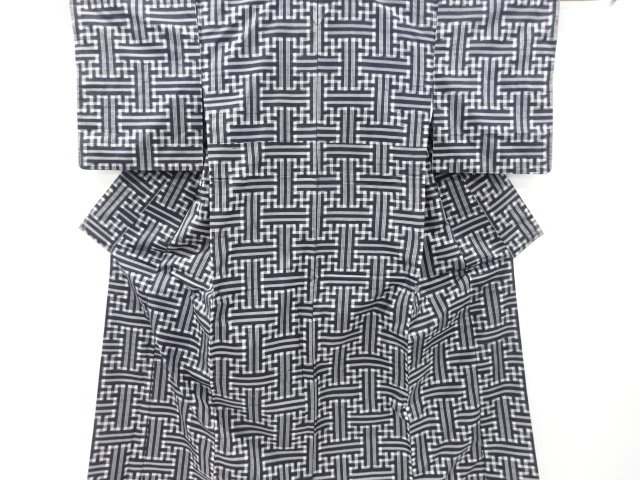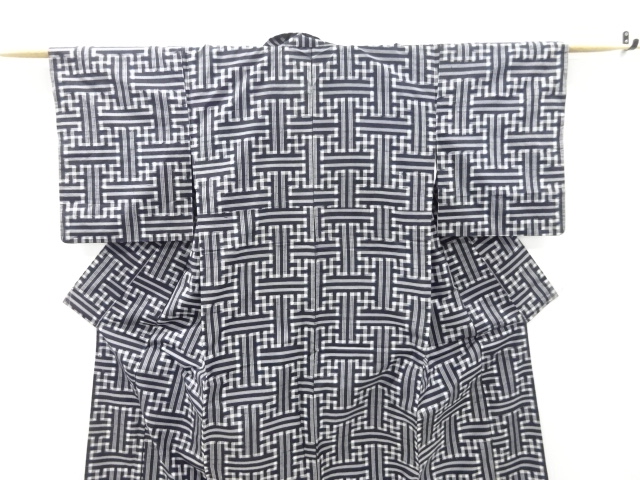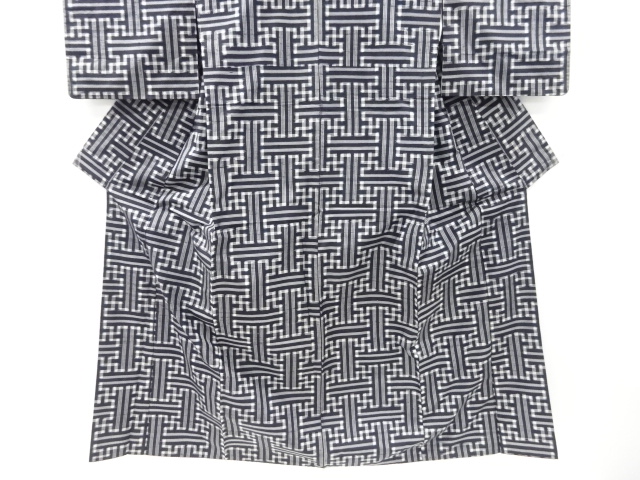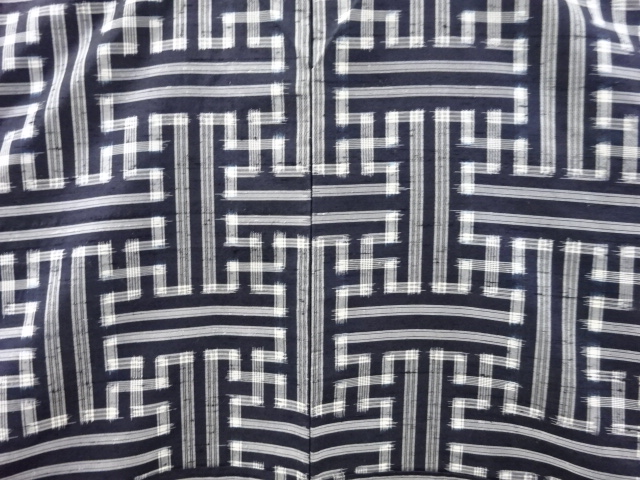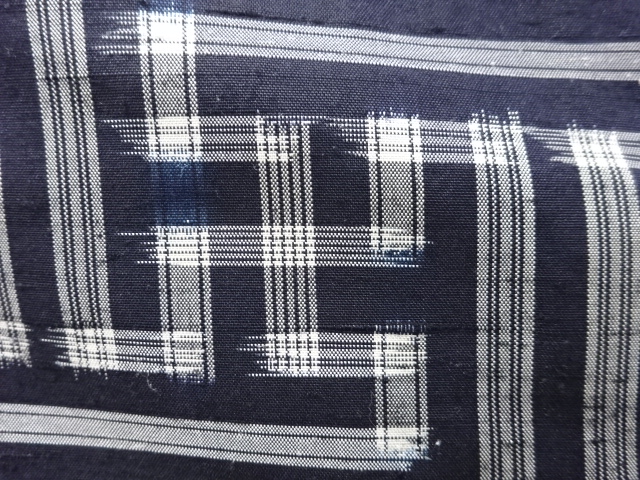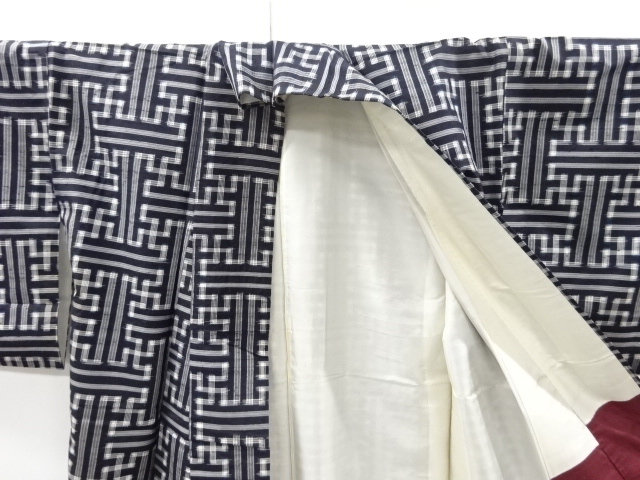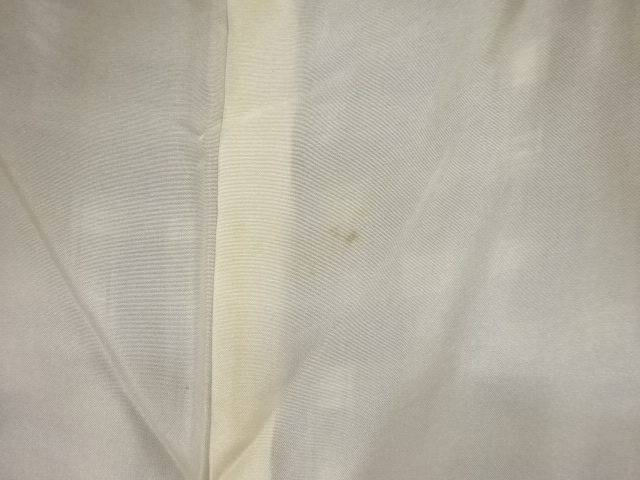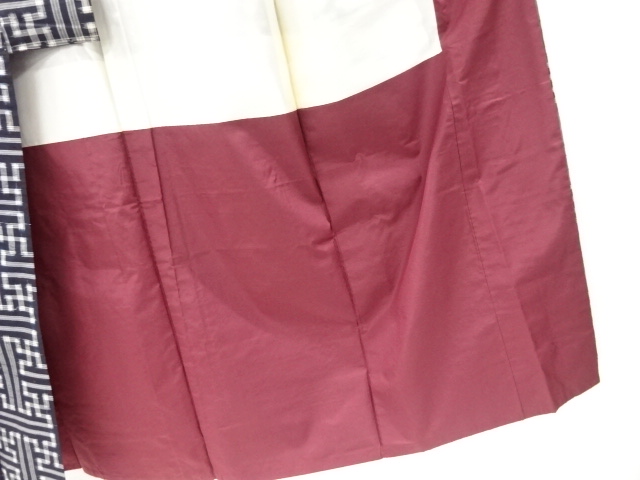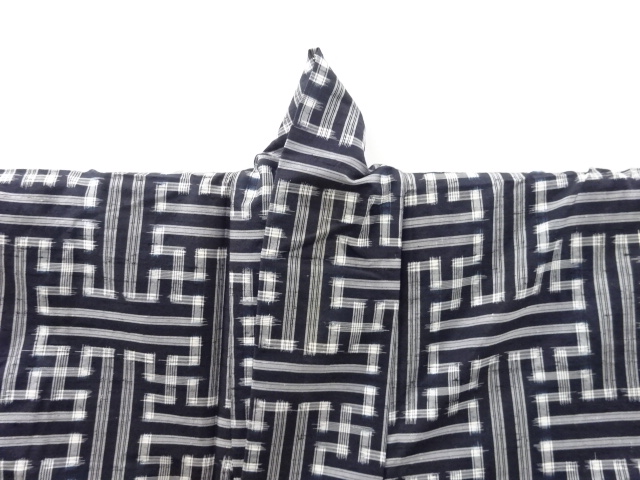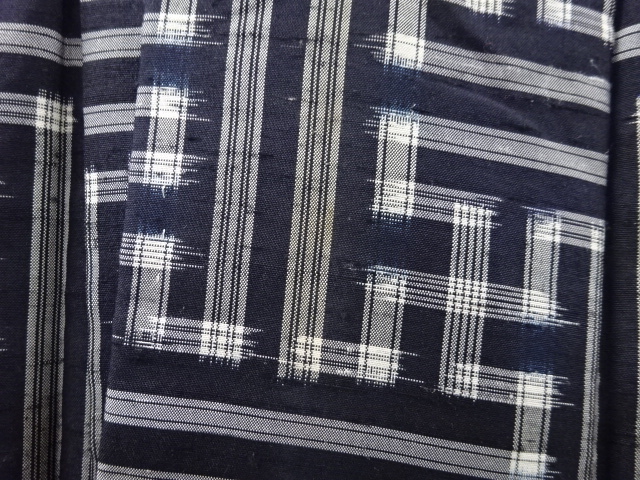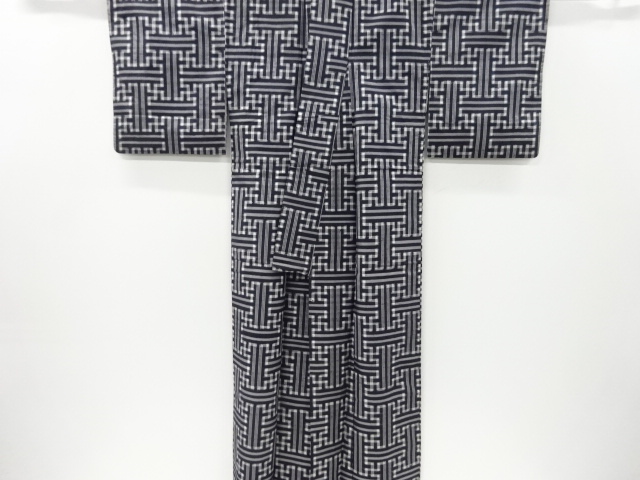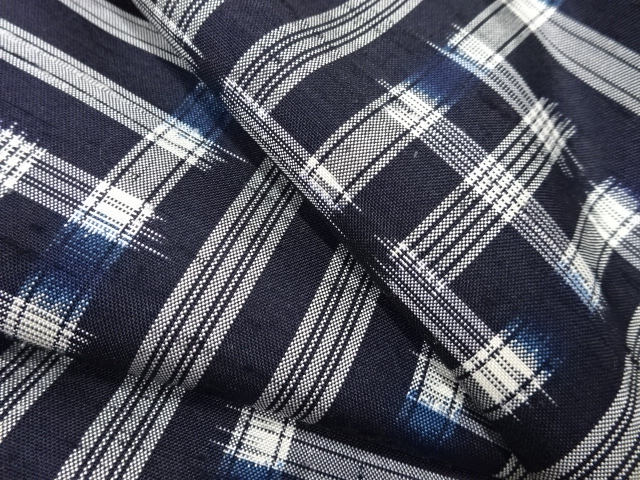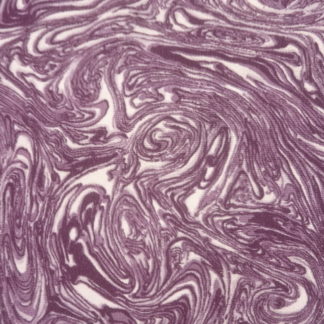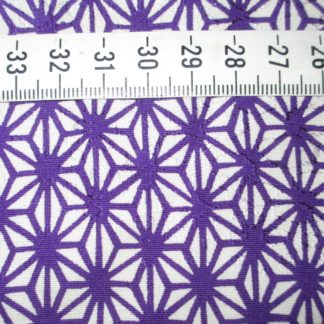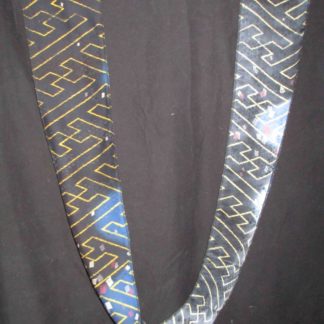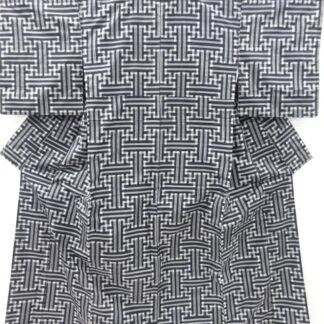Description
Vintage Fushi tsumugi silk kimono in deep navy blue w/ white woven sayagata
A really lovely kimono in a blue so deep it verges on black, with a woven sayagata in white. It’s at the edges of the white that you see hints of the blue peek through brightly from the deepest blue ground.
It is in overall very good condition for it’s age. There are some very slight blemishes/spots, please see the photos for details, but it is otherwise in very good condition for wearing.
The hakkake (bottom half of the lining) is made from Oshima tsumugi silk.
The kimono measures 158 cm long, has a 64 cm wingspan, and the sleeve drop is 49 cm.
• Sayagata: the manji is often found as part of a repeating pattern. One common pattern, called sayagata in Japanese, is made of of interlocking manji, left- and right-facing manji joined by lines. As the negative space between the lines has a distinctive shape, the sayagata pattern is sometimes called the “key fret” motif in English.
• Tsumugi: A silk textile woven with hand-spun threads from wild silk cocoon fibres. It doesn’t have a glossy or smooth texture, but a tasteful rough texture. Very time consuming to produce, as the silk fibre has to be joined repeatedly, due to the hole in the cocoon where the silk moth exited, so a very expensive silk. (Also see hige-tsumugi)
Tsumugi was originally spun, woven, and sewn into a kimono by one person for the use of her household, so there are many distinct regional variations. However, all tsumugi can be readily identified by its characteristic slubs and sheen. The slubs (rough lines in the weaving) are created by spinning the silk. Initially tsumugi fabric is very stiff, due to the starch applied during spinning, but the more times it is worn and washed, the softer it becomes. Very old tsumugi is as soft as silk fabric woven from untwisted threads.
Broken threads left inside the silk cocoon are collected by the farmer. These are degummed in a hot water bath with sodium bicarbonate (baking soda) and sulfurous acid (a mild bleach). After rinsing, they are hung to dry out of direct sunlight. After drying, the silk floss is placed in a bath of ground sesame seeds and water. The oil from the sesame seeds makes it easier to draw individual threads to be spun.
The floss is handspun (mawata). The spinner uses saliva to adhere the new threads to the old ones. This produces the characteristic sheen and stiffness of tsumugi. After spinning, the thread is dyed and then woven into tsumugi. The most popular patterns include shima, ichimatsu, and kasuri. After weaving, the fabric is steamed to set the dyes and then made into kimono.
